DEEP DIVES INTO JEWELLERY INDUSTRY ETHICS
The diamond industry is lying to you …
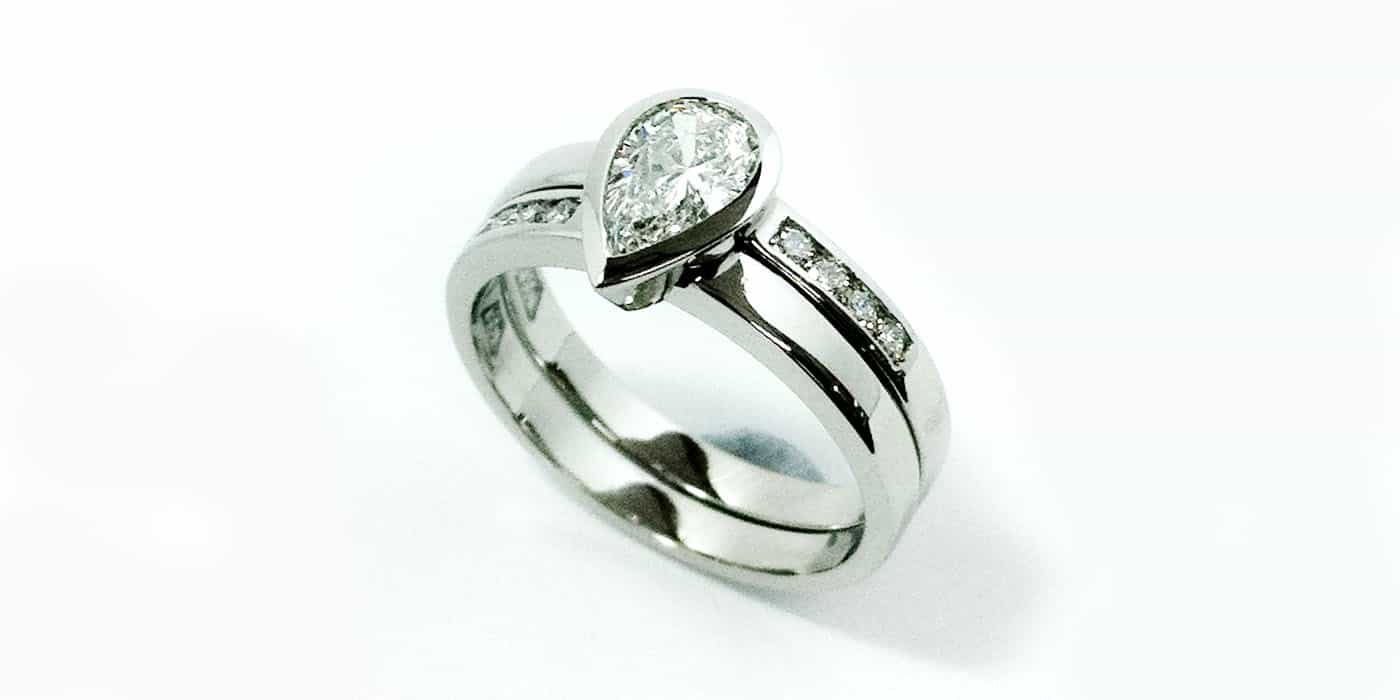
… and here’s why they can’t afford not to
First up, I must admit to feeling a little conflicted when making this statement (only a little), because, in the interests of full disclosure, I am part owner of a business that, among other things, sells diamonds.
Knowing that you’d be right to wonder why I’m now in the process of raising a red flag about the diamond industry.
The reason is, it comes down to ethics. And as an advocate for consumers and all things ethical in the jewellery industry, I feel strongly about calling out some of the nonsense that’s being flung around in the diamond retail space right now.
There are three messages I want to challenge and, because I’m fair-minded, you’ll see that two of them relate to the mined diamond industry and the third relates to the lab-created diamond sector.
Also, in fairness, “lying” is a really strong word and it might be more correct to say you’re not being told the whole truth, or you’re being misled or misdirected. At the very least you’re being left to draw conclusions that aren’t really there.
Whatever the case, to avoid being too inflammatory, I’m going to call them ‘half-truths’ rather than lies …
Half-truth #1: “Real is Rare”
This little marketing gem (pun intended) was created by the Diamond Producers Association a few years back and (obviously) it’s intended to communicate to consumers that diamonds that come out of the ground — natural diamonds — are rare.
This is not untrue, but let me ask you this: What meaning does the word ‘rare’ convey to you when used to describe a product you might want to buy?
To my mind, rare means there’s not many of them around and that, by inference, because of their rarity, they’re valuable, or unique, or special.
But when it comes to diamonds, do they really meet this standard?
As a mineral in the Earth’s crust, diamonds are rare compared with things like iron ore, bauxite, copper, lead and a bunch of other things we dig out of the ground.
So, to that extent at least, it’s true diamonds as a mineral group are rare relative to other minerals. But I don’t think that’s the intended message.
If you do happen to think diamonds are rare, let me share some sobering numbers with you from Bain & Company’s 2018 Diamond Industry Report.
The report details that in the period 2013 to 2018, the total rough diamond output for the industry was approximately 806 million carats. On average that’s about 134 million carats per annum.
By any standard, that’s a lot of diamonds.
But of course, a good portion of those diamonds are industrial quality, not suitable for use in jewellery. Only about 30% of all diamonds produced are what you’d call jewellery grade. (Gemmological Institute of America, 2015.)
So, our 134 million carats per annum comes down to a “mere” 40 million carats of jewellery-grade rough diamonds produced each year.
Take out the waste from cutting and polishing and that comes down to around 20 million carats of polished diamonds.
Let me ask, does 20 million of anything sound rare to you? Let alone something that’s produced at the rate of 20 million per year?
“Yes, but some diamonds are extremely rare.”
When faced with the reality of the production data, many mine-origin diamond enthusiasts will point out that some diamonds, especially the fancy pink, yellow and blue (and other coloured ones), as well as some of the large flawless colourless diamonds are extraordinarily rare — and this is true.
No question about it. Diamonds like this represent only a very small percentage of the total jewellery-grade diamond production — but that still does not translate to all diamonds being rare.
In other words, the argument that because some natural diamonds are rare, all of them are rare, is a fallacy.
“Yes, but no two diamonds are the same.”
This is also true. But to a large extent, so what?
It is undoubtedly true that because of the random nature of the way in which diamonds were created in the natural world, the inclusions they contain and the discrete colour of each one means that no two diamonds are identical.
By the same standard, you can walk onto a beach, pick up a grain of sand and be quite confident that there is not another one exactly like it on that beach or, quite probably, anywhere else in the world.
Does that mean that grain of sand is valuable just because it’s the only one like it in existence?
Short answer: No.
Now, I appreciate I am taking this argument to the point of the ridiculous. Diamonds are nowhere near as common as grains of sand, but ask yourself, is the average diamond you see in a jewellery shop window really all that rare?
I would argue that because there are millions out there very much like it, no, it’s not.
Half-truth #2: Natural diamonds retain their value
This is a common argument used to convince consumers that natural diamonds are a better buy than the new kid on the block, lab-created diamonds.
But let’s examine this claim a little more closely.
What does “retain their value” mean to you, especially in the context of a product you’d want to purchase?
On the face of it you might assume it means the diamond you buy now will still be worth some money in the future. But how much money?
Does ‘retain its value’ mean you’ll get all of your money back were you to resell it?
Does it mean you’ll get most of your money back when you resell it?
Or does it mean you’ll get some of your money back when you try to resell it?
Most of us are optimists, and when we really want something, we tend to be even more optimistic. So, when an expert tells us the thing we want to buy “retains its value”, I expect most people will want to believe they’ll get most of their money back were they to sell. Some really optimistic people might even hope to make money on their purchase.
Heads up, this is not the reality. Not for the vast majority of diamonds anyway.
Diamonds are a commodity and (mostly) resell at a global commodity price
Diamonds are a commodity traded on world markets every single day. And because diamonds are graded such that the quality of one can be directly compared with the quality of another diamond that’s materially the same, it’s the wholesale price that determines the value of a diamond.
What that means is, when you take your diamond along to the nearest diamond dealer, pawnbroker or jeweller, the most they’re going to pay is whatever the going wholesale price is for an equivalent stone.
After all, why on Earth would they pay more?
As a consumer, you probably paid retail, so straight up you’ve lost whatever the retailer’s mark-up was.
If that mark-up was 100%, then you might get back 50% of what you paid depending where diamond prices are at that point in time.
As the end-consumer, does that sound like your purchase “retained its value”?
Maybe it does? Maybe it doesn’t? It all depends on whether you were told the whole truth.
What about diamond jewellery?
In the real world, not many people trot around with loose diamonds for sale. It’s more likely you’ll have a piece of diamond jewellery you want to turn into cash.
This complicates things somewhat because we’re now talking about the potential value of the finished piece and not necessarily the individual bits of it.
If it’s a no-name diamond ring, then its value will probably just be a function of whatever the wholesale price of the diamond is plus whatever the going rate is for the metal in the ring.
If, however, the jewellery piece is by a prestige brand or flavour-of-the-month designer, then you might do better, but don’t bank on it.
Depending on whom you talk to, dealers in used jewellery will usually only pay something like 10–35% of retail.
That’s the harsh reality. Dealers are buying your goods to resell them and they need to make a profit. That means they’re not going to pay any more than they absolutely have to.
“Yes, but it’s still more than you’ll get back on a lab-diamond piece!”
This is probably true. Though it’s a little early to tell because lab-created diamond jewellery hasn’t been around in quantity long enough for a second-hand market to develop.
The thing is, with lab-created diamonds selling for around 40% less than mine-origin diamonds, you have to ask yourself what might you do with the money you would save up-front rather than wonder how much you might get back sometime in the future. Especially on a piece of jewellery you might never want to sell anyway.
Half-truth #3: Lab-created diamonds are ‘eco-friendly’
If there’s one thing the lab-diamond industry has done really well – either consciously or unconsciously – it’s to allow the average consumer to believe their product is generally more eco-friendly than mine-produced diamonds.
Whether or not this is actually true depends on two things. One, what ‘eco-friendly’ means to you. And two, which producer you’re buying from.
If your definition of eco-friendly means not digging great big holes in the ground, then yes, lab-created diamonds do less direct physical harm to the environment. No question about that.
But if your definition of ‘eco-friendly’ includes greenhouse gas emissions in the context of climate change, then lab-created diamonds don’t stack up nearly so well — at least not at an industry level.
The problem is, no one really knows how well, or how badly the majority of lab-diamond producers perform in terms of their carbon footprint.
A few producers, most notably, Diamond Foundry, can rightly claim a low or zero carbon footprint, but most others keep their numbers well away from public scrutiny.
By keeping quiet and using vague terms like ‘eco-friendly’, the lab-created diamond industry has benefited from consumers’ apparent willingness to believe that if some are good, all are good.
Yet this probably isn’t true — especially for those producers sited in countries that rely heavily on fossil-fuel powered electricity generation.
If you care about such things, it’s probably best to assume that most lab-created diamonds do not have a remarkably low carbon footprint.
In other words, be very careful about who you choose as your supplier. Just because it’s lab-grown, that does not automatically mean it is clean and green.
Why do these “lies” persist?
The answer to this is really simple — it’s to maintain prices.
At this point in time, neither the mine-origin nor the lab-created sectors can afford for consumers to lose faith in their respective products.
In November this year, De Beers, the world’s largest natural diamond producer, dropped its prices by 5% in the face of slow global demand.
What this did, effectively, was to devalue almost all diamond inventories around the world by about the same amount.
Remember what I said about the resale value of diamonds being tied to the current wholesale price? This applies to unsold diamond inventories just as much.
Were the buying public to lose faith in the value of diamonds such that confidence and demand dropped significantly, wholesale prices and the value of diamond inventories would drop along with it. The effect on the diamond industry could be catastrophic.
Likewise, the lab-created diamond sector can’t really afford for their eco-friendly bubble to burst either because that would destroy one of their perceived key selling points.
So, why not give up on diamonds?
Let me put it this way, just because many diamond marketers stretch or obscure the truth when promoting their products, that does not mean diamonds — mine-origin or lab-created — aren’t worth every cent we pay for them.
It just means that the marketers in question are too lazy, too committed to their own misinformation or too financially compromised to come up with more compelling, verifiable reasons why their product is better.
I hate that so many people in the diamond world try to fool us with half-baked arguments that don’t stand up to even cursory examination.
You should resent it too because they’re playing you.
But none of this is the fault of the diamonds themselves. It’s important to recognise that diamonds are, nonetheless, truly remarkable.
It’s remarkable that they’ve been created through natural processes. And, to me at least, it’s also remarkable that we humans have been able to replicate those processes such that mine-origin diamonds and lab-created ones are almost indistinguishable.
But their beauty and the wonder of their creation (natural or technological) is only part of the story.
Diamonds are an important part of our cultures and our economies. They deliver value way beyond their wholesale price.
And whether they come out of the ground or are produced in a factory, it’s an expensive exercise to make them available to you, the consumer.
Every legitimate business involved in this enterprise, or any other, has a right to earn a reasonable profit. And if we want our beautiful diamonds and other things, we have to pay a reasonable price for them.
But it’s also fair that we’re told the truth about what we’re buying. That’s all I want, and I don’t think that’s too much to ask. Do you?
Follow us on:

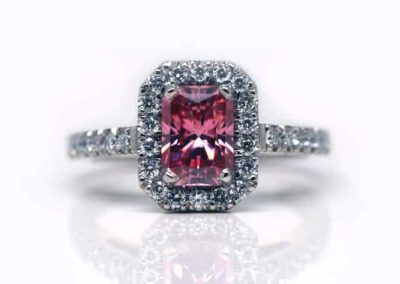
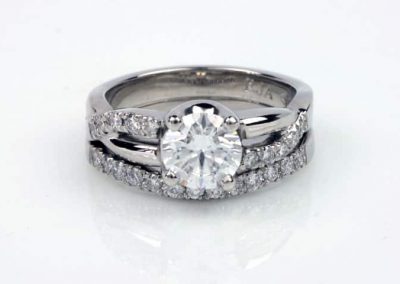
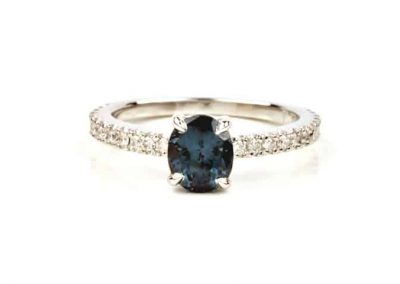
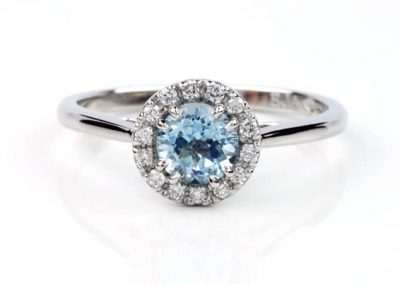
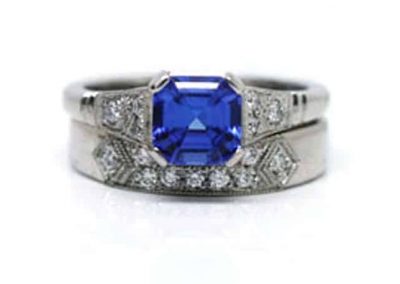
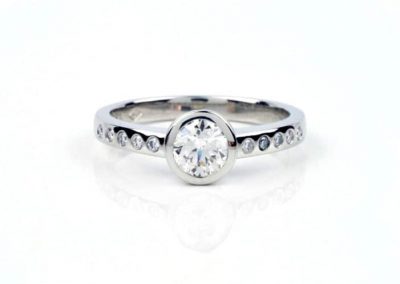
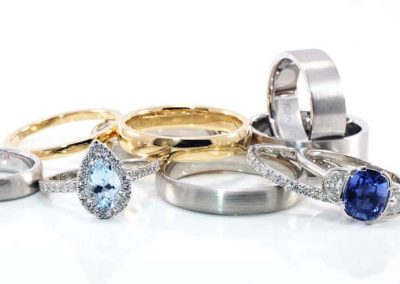
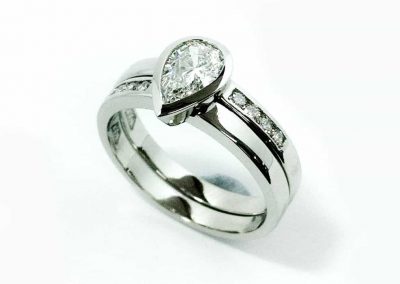
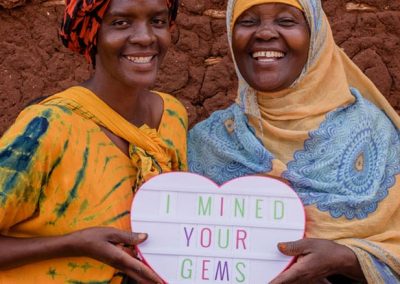
0 Comments